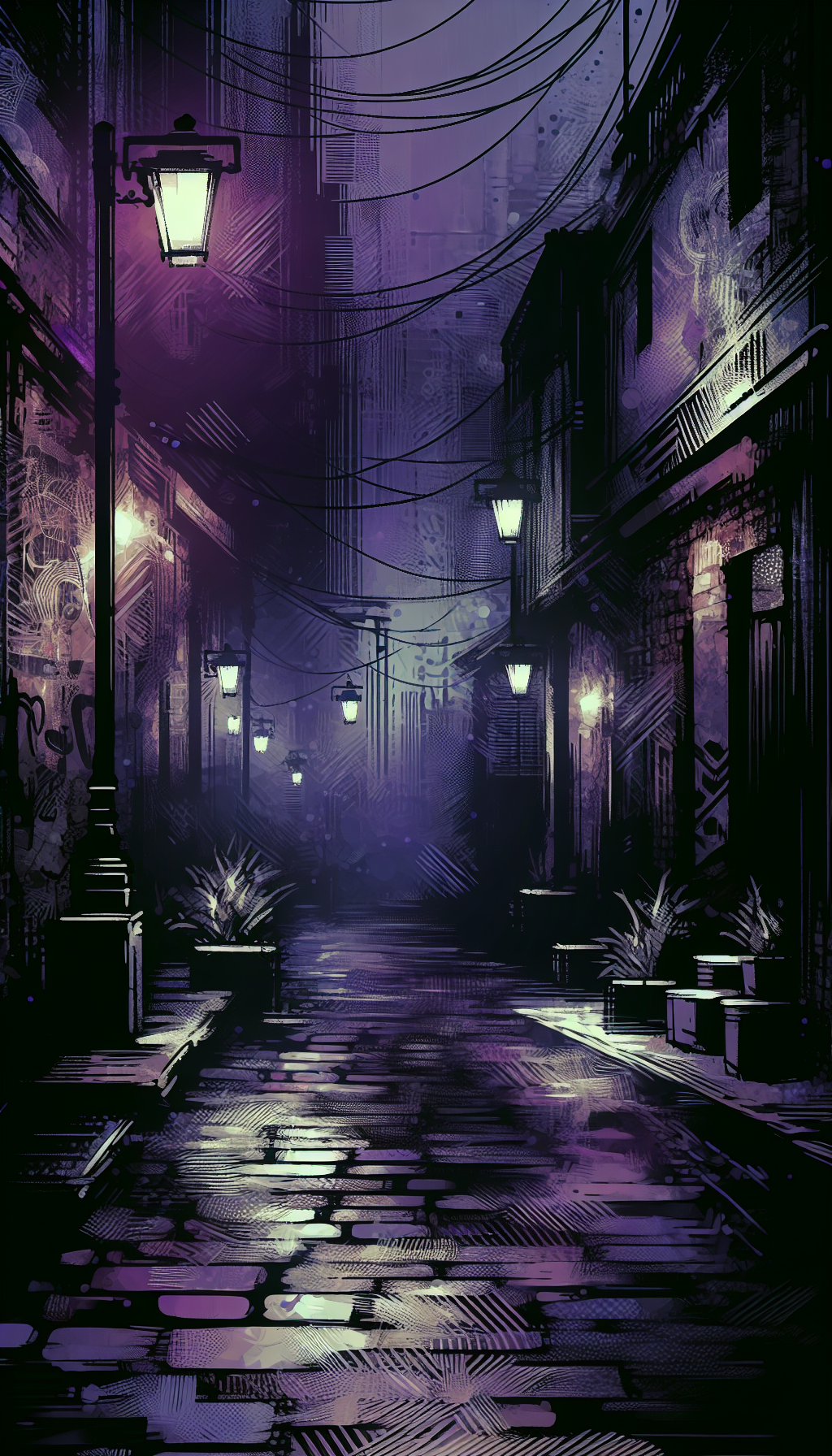Sir Lawrence Alma Tadema Hand Signed Lithograph
Sir Lawrence Alma-Tadema (1836–1912) was among the most celebrated Victorian painters, renowned for opulent classical scenes and astonishing renderings of marble, textiles, and Mediterranean light. His fame ensured a brisk market for reproductive prints during his lifetime and beyond. As a result, collectors and appraisers often encounter “hand-signed lithographs” attributed to Alma-Tadema. This guide explains what actually exists, how to distinguish authentic pencil signatures from facsimiles, which printing processes and publishers you’ll see, and how condition and rarity affect value.
Did Alma-Tadema make lithographs? What actually exists in the market
- Original prints by Alma-Tadema: He was a painter, not a printmaker. There is no tradition of original etchings or lithographs by his hand. Nearly all prints you will encounter are reproductive prints after his paintings, issued by publishers.
- Common processes you’ll see:
- Photogravure and collotype (high-quality, continuous-tone photographic processes) after his paintings.
- Chromolithographs (color lithographs) produced by commercial houses.
- Letterpress/wood-engraved magazine plates and steel engravings from periodicals and art journals.
- “Hand-signed lithographs” in listings often turn out to be:
- Photogravures or collotypes with a printed (facsimile) signature within the image or lower margin.
- Later lithographic reproductions bearing a printed signature, sometimes misleadingly described as “signed.”
- A small subset may be genuinely hand-signed in pencil by Alma-Tadema on the margin; these are uncommon and require careful authentication.
Bottom line: Genuine pencil-signed impressions by Alma-Tadema exist but are scarce. Most period prints carry printed signatures and publisher credits only.
Hand-signed versus facsimile: identifying the signature
To determine whether a signature is truly hand-applied in pencil or ink versus printed in the plate, rely on close examination and a few practical tests:
Tool and surface interaction:
- Under magnification, pencil graphite sits atop the paper fibers, with a soft sheen that changes under raking light. You may see slight pressure indentations from the pencil.
- A printed facsimile signature will be integrated into the halftone screen, photogravure grain, or lithographic ink. It lacks the distinct graphite sparkle and pressure grooves.
Over/under relationships:
- A true pencil signature will cross over existing scuffs or foxing spots; the line will remain continuous. Printed signatures will be uniformly beneath later stains.
- Where pencil lines cross, graphite density varies subtly; printed facsimiles exhibit uniform ink tone.
Edge behavior:
- Handwriting has micro-variations and hairline tapers at start/finish points. Printed lines tend to be consistently edged and can reveal dot patterns (in halftone) or photogravure grain.
Location and phrasing:
- Alma-Tadema’s signature as an artist within the image often reads “L. Alma-Tadema” and may include honorifics added to paintings over time (e.g., “R.A.” after 1879; “Sir” after 1899; “O.M.” after 1902). These are part of the painted artwork and get reproduced in prints—do not confuse them with an autograph.
- Authentic pencil signatures, when present, are typically in the lower margin outside the plate mark, sometimes accompanied by a dedication.
Ink signatures:
- Pen-and-ink signatures on margins are far less common and riskier due to forgery. Ink will feather slightly along paper fibers; printed ink will not. Test with magnification and raking light.
If the signature does not convincingly sit atop the paper with the physical traits of graphite, assume it is a facsimile until proven otherwise.
Processes, publishers, and dating clues
Understanding how the print was made and by whom provides strong evidence about authenticity and value.
Photogravure and collotype (most encountered):
- Photogravure: Look for a fine reticulated aquatint grain under magnification, rich velvety blacks, and a plate mark (a slight beveled indentation around the image). High-end impressions on stout wove papers often have wide margins and a publisher’s blindstamp.
- Collotype: Continuous tone without visible dot pattern, no plate mark, and very fine detail. Margins may carry printed credits.
Chromolithograph:
- Under magnification, you’ll see layered stippling of color rather than modern CMYK dots. Color alignment can show minor misregister. Edges are often crisper and paper slightly glossier.
Halftone/offset reproductions (typically later and less valuable):
- CMYK rosette dot patterns under a loupe. No plate mark, typically machine-cut margins, and modern papers.
Likely publishers and notations:
- Goupil & Cie (and successors Boussod, Valadon & Cie): Issued high-quality photogravures and prints after leading artists. Credits commonly appear along the lower margin: left (artist), center (title), right (engraver/photogravure/publisher).
- Berlin Photographic Company (also operating in London and New York): Produced large-format photogravures and collotypes; margins may show “Berlin Photographic Company” credits and a blindstamp.
- Franz Hanfstaengl (Munich): Known for fine photogravures of paintings; printed attributions in the margin are typical.
- Arthur Tooth & Sons, The Fine Art Society, and other British dealers occasionally handled and labeled high-quality reproductive prints after Alma-Tadema’s works.
Dating clues in inscriptions:
- R.A. (Royal Academician): Alma-Tadema became a full Academician in 1879. If the printed artist line reads “L. Alma-Tadema, R.A.,” it cannot predate 1879.
- “Sir” appears only after his knighthood in 1899.
- O.M. (Order of Merit): Awarded in 1902. Marginal credits listing “O.M.” indicate post-1902 publication.
- If a print claims to be hand-signed by the artist, the signature must predate his death in 1912. A pencil signature on a reproduction issued after 1912 would require extraordinary proof and is typically not credible.
Paper and watermarks:
- Late 19th-century European art papers are usually wove, sometimes watermarked. You may encounter watermarks from French, English, or German mills.
- Many 20th-century reproductions appear on papers watermarked “BFK Rives,” “Arches,” or “Van Gelder Zonen.” These can be excellent papers but do not by themselves prove an artist’s autograph.
Editioning:
- Pre-1900 reproductive prints often were not numbered. Later 20th-century publishers sometimes imposed edition numbers on lithographic reproductions. An edition number does not equate to artist involvement; verify whether the artist supervised or signed.
Condition, rarity, and market values
The market for Alma-Tadema is bifurcated: original paintings command strong prices, while most reproductive prints remain modestly priced. That said, certain subjects and formats are sought after, and condition is critical.
Subject desirability:
- Best-known paintings like The Roses of Heliogabalus, A Coign of Vantage, Sappho and Alcaeus, and Spring tend to command stronger interest in print form, especially in large photogravures with wide margins.
Format and size:
- Large-format photogravures with generous margins and clear plate marks are more desirable than small or cropped examples. Avoid trimmed margins that cut into captions or plate marks.
Condition factors:
- Foxing, toning, light-stain lines, mat-burn, tears, abrasions, and paper losses reduce value. So does aggressive bleaching or overcleaning.
- Original blindstamps and full imprints add value; trimming them away can halve market interest.
Authentic autograph premium:
- If a publisher-issued photogravure is genuinely pencil-signed by Alma-Tadema in the margin, scarcity and artist cachet can lift value substantially relative to unsigned examples.
Market ranges (broad guidance, assuming authentic period prints and typical retail/auction contexts):
- Common photogravures/collotypes after popular works, good condition, unsigned: roughly $200–$900, with size, subject, and publisher affecting the spread.
- Large, scarce photogravures by major houses (excellent impressions, wide margins, desirable subjects): roughly $800–$2,500.
- Genuine pencil-signed marginal autographs on high-quality photogravures: potentially $2,000–$6,000+ depending on subject, paper, and provenance; truly exceptional examples may exceed this.
- Chromolithographs and magazine plates: typically $75–$350 depending on size, color quality, and condition.
- Modern offset/lithographic reproductions with printed signatures: generally $50–$200.
These are directional ranges; fresh-to-market examples with documented provenance or museum-quality condition can outperform, while compromised condition or dubious signatures can underperform or fail to sell.
Practical checklist for appraisers and collectors
Verify the process:
- Loupe the image for photogravure grain, collotype continuity, chromolithographic stipple, or modern halftone dots.
- Note presence/absence of a plate mark.
Inspect the signature:
- Is any signature within the image or margin printed? Test with magnification and raking light.
- If pencil, look for pressure indentations, graphite sheen, and micro-variation. Photograph under oblique light.
Read the margins:
- Transcribe all marginal text (left/center/right). Note publisher, process (“photogravure,” “collotype”), engraver/atelier, and any blindstamps or embossed seals.
- Record any edition numbers, monograms, or stamps.
Date from honorifics:
- R.A. (post-1879), Sir (post-1899), O.M. (post-1902) in the printed credits help sequence the issue.
Measure accurately:
- Record image size, plate-mark size, and full sheet size to the millimeter. Note if margins appear trimmed or deckled.
Check paper and condition:
- Identify watermarks with transmitted light. Log foxing, toning, mat burn, tears, creases, repairs, or tape.
- Assess for color fading on chromolithographs.
Compare signatures:
- If claiming a hand signature, compare letterforms against known Alma-Tadema autographs. Beware signatures that are too neat or mimic a printed facsimile exactly.
Establish provenance:
- Gather invoices, gallery labels, collection stamps, and any inherited paperwork. Retain old mats if they carry labels.
Conservation plan:
- Recommend archival matting, UV-filter glazing, and stable humidity. Avoid dry-mounting; favor reversible hinges.
Risk flags:
- CMYK dots, glossy modern paper, or identical “pencil” signatures across multiple examples.
- “Signed” prints dated after 1912 without persuasive provenance.
FAQ
Q: Did Alma-Tadema personally create any original lithographs or etchings? A: No evidence suggests he produced a body of original prints. He was a painter; the prints encountered are reproductive (photogravure, collotype, chromolithograph) published by commercial firms. Genuine pencil-signed margins on such reproductions exist but are uncommon.
Q: How can I tell a facsimile signature from a real pencil autograph? A: Use magnification and raking light. Real graphite sits atop the fibers with slight sheen and pressure indentations; printed signatures are flat, integrated into the image’s dot/grain pattern, and lack the tactile qualities of pencil. Examine whether the stroke crosses over surface wear; printed lines lie beneath later flaws.
Q: What are the most reliable publishers’ marks to look for? A: Expect printed credits and sometimes blindstamps from firms like Goupil & Cie (later Boussod, Valadon & Cie), Berlin Photographic Company, and Franz Hanfstaengl. The lower margin typically carries the artist credit, title, and process/publisher line. A clear, original blindstamp and intact margins are positives.
Q: What is a reasonable value for a “hand-signed Alma-Tadema lithograph”? A: Most so-called hand-signed examples prove to be facsimiles and trade in the low hundreds if otherwise fine. A verified pencil-signed marginal autograph on a high-quality photogravure can reach several thousand dollars, depending on subject, size, and condition. Condition issues or weak provenance reduce value.
Q: How should I frame and care for an Alma-Tadema print? A: Use 100% rag mats, UV-filter glazing, and reversible Japanese-paper hinges with wheat or methylcellulose paste. Keep out of direct sun and high humidity. Avoid dry-mounting and non-archival tapes, which can permanently reduce value.
With careful examination of process, publisher, inscriptions, and signature characteristics—paired with disciplined condition reporting and provenance gathering—you can confidently identify and value Alma-Tadema prints and separate genuine autographs from the far more common facsimile signatures.




